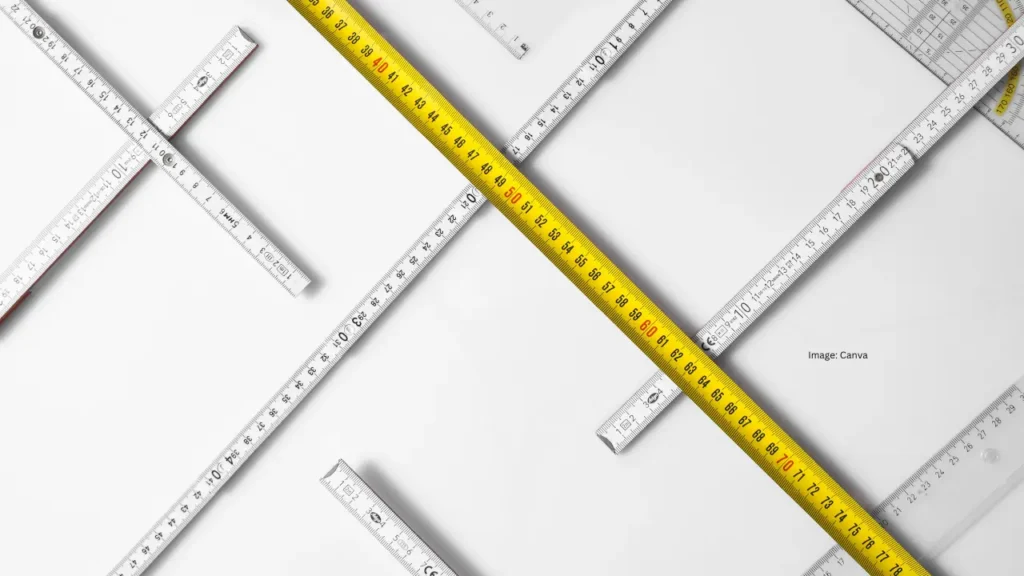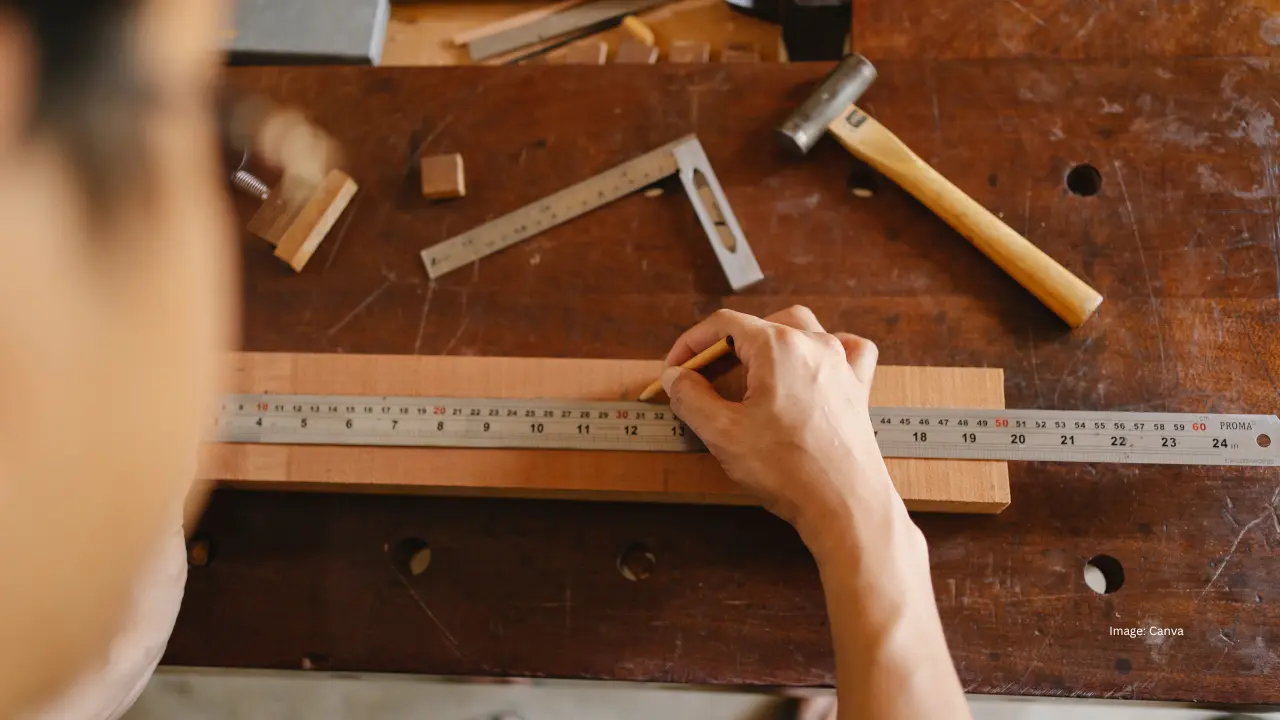We all use measurements every day, whether we’re cooking, traveling, or buying things online. But did you know there are two main ways the world measures stuff? The Metric system and the Imperial system. The Metric system is used by most of the world, but the Imperial system is still used in places like the US. So, why does it matter if you know how to switch between them? Let’s take a look.
What Are Metric and Imperial Systems?
- Metric System: This one is simple and based on tens. You probably know meters for distance, kilograms for weight, and liters for liquids. Everything just fits together because it’s easy to multiply or divide by 10.
- Imperial System: This is the system that uses feet, pounds, and gallons. It’s mostly used in the US, and it can be a bit trickier because the numbers don’t always match up the way the Metric system does.
Why Does Converting Matter?
- Traveling
If you’ve ever traveled abroad, you know how confusing it can be when everything is in kilometers, Celsius, or kilograms. It’s like speaking a different language! For example:- 1 mile = 1.6 kilometers
- 1 pound = 0.45 kilograms
Knowing these conversions means you won’t feel lost when you see signs or labels in a different system.
- Shopping and Business
Imagine you’re shopping online from another country. The seller might list the weight of a product in kilograms, but you’re used to pounds. If you can quickly convert, you’ll know exactly what you’re getting. It’s also helpful if you’re dealing with international business—it can save a lot of time and avoid mistakes. - Learning and Science
Most science and education use the Metric system because it’s simple and universal. If you’re studying science or reading research from other countries, you’ll likely need to understand the Metric system and how it converts to Imperial measurements. It’s good to be familiar with both systems! - Cooking
Ever tried a recipe from a country that uses the Metric system? It might say something like “500 grams of flour,” but you only know how to measure in cups. Knowing how to convert measurements can make sure your recipe turns out right!

Common Conversion Confusions
- Temperature: Converting between Celsius and Fahrenheit can be tricky! The formula for Celsius to Fahrenheit is:
(°C × 9/5) + 32 = °F
It might take a little practice, but it gets easier once you know how to do it. - Volume: In the US, we measure liquids in cups, pints, and gallons. But in the UK, they might do it a little differently.
- Length: Inches and centimeters are another big one. 1 inch is about 2.54 centimeters, but if you’re converting a lot of measurements, it can get a bit tricky.
How to Make Conversions Easier
- Use a Converter: The easiest way to convert is to use a tool online or on your phone. There are tons of free converters that will do the math for you!
- Learn a Few Basics: Memorize some common conversions like 1 kilogram = 2.2 pounds, or 1 inch = 2.54 cm. Knowing these will save you time.
- Know When to Convert: If you’re traveling or buying something from another country, just remember to check if the measurements are in Metric or Imperial, so you know when to convert.
Conclusion
Understanding how to convert between Metric and Imperial systems isn’t just about math—it’s about making your life easier. Whether you’re traveling, cooking, or just trying to understand measurements in a different system, being able to convert means you won’t get lost or confused. With just a few simple conversions, you can handle almost anything that comes your way!
